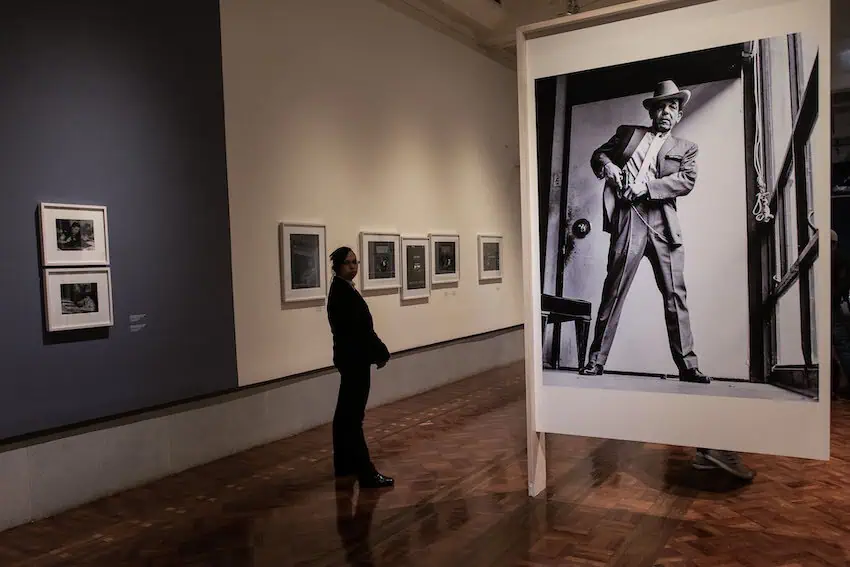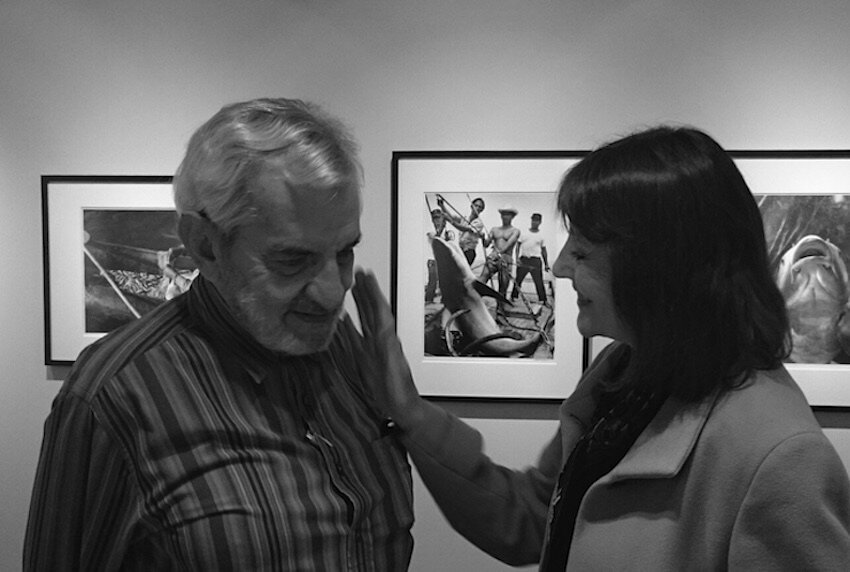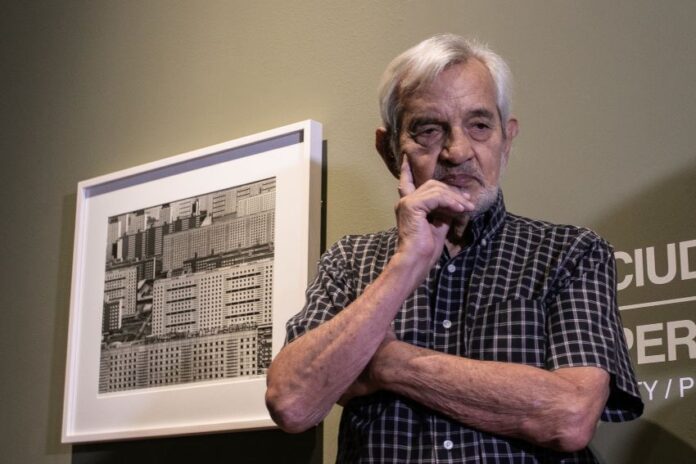Rodrigo Moya, the photographer best known for the iconic image known as “Melancholic Che,” has died, aged 91.
Moya, a naturalized Mexican, passed away at his home in Cuernavaca on Wednesday after a long illness, surrounded by his family and his partner of 43 years, Susan Flaherty.
Rodrigo Moya, fotógrafo colombo-mexicano. QEPD. pic.twitter.com/1skRJIK06Y
— Malely Linares Sánchez (@Malelylinares) July 30, 2025
Mexico’s Ministry of Culture lamented Moya’s passing on social media, writing that “[h]is work acutely portrayed the social inequalities, popular struggles and revolutionary movements of the 1950s and 1960s. Author of the famous portrait ‘Melancholic Che,’ Moya captured historical processes that today are part of an essential legacy of memory and truth. May he rest in peace.”
Numerous institutions and journalists paid tribute on social media as well, including the Museo del Palacio de Bellas Artes, the National Institute of Anthropology and History and Jenaro Villamil, the director of Mexico’s Public Broadcasting System.
The Coordination of Cultural Diffusion at the National Autonomous University of Mexico (UNAM) said Moya “leaves us a lucid and profoundly honest legacy: a mirror where history still breathes.”
Moya, whose work has been compared favorably to Henri Cartier Bresson and Manuel Álvarez Bravo, photographed political unrest throughout Latin America during the 1950s and 1960s, including the guerrilla movements in Guatemala and Venezuela, the U.S. invasion of Santo Domingo, and the Cuban Revolution.
He captured the human cost of civil and military uprisings and the people who lived through those turbulent times, and memorably described photography as “the most intense approach to life, to the nature of the world, to the beings and things that entered through my lens and remain there.”
Moya referred to his subjects as “populating memory and the small surface of photographic paper, refusing to die, looking at me with the same eyes they looked at me with decades ago.”

(Isaac Esquivel/Cuartoscuro)
He abandoned the profession of photography in 1968 to focus on print journalism and produce documentaries, although he continued to take photographs.
Some of his images from this later period were featured at The Wittliff Collections at Texas State University in 2015, billed as the first retrospective of Moya’s career to be exhibited in the United States.
They featured subjects such as the sea and residents of fishing communities, as well as the countryside, the streets of Mexico, religious processions and portraits of both anonymous people and celebrities.
Wittliff curators wrote that images by Moya published in eminent Latin American news magazines such as Impacto, El Espectador, Sucesos and Siempre! documented newsworthy events, “while providing an insider’s view, suggesting that his subjects were waiting for his camera.”
He said of himself: “I think my photos did have a constant search, but more than a seeker of images, I was a seeker of social contrasts, I was a seeker of the physiology of Mexico and the economic physiology of our countries.”
In a pamphlet explaining the exhibit “Eyes Wide Open” featuring photos by Moya, The Etherton Gallery in Tucson, Arizona, described him as “part photojournalist, part street photographer.”

“The photographer renders timeless, the sweet, ordinary moments of life, like a girl looking out a train window in “La Muchacha.” His affecting portraits afford the same dignity to renowned artist Diego Rivera as to an agricultural laborer in “La vida no es bella” (“Life is not Beautiful”).”
Moya was born in Medellín, Colombia, on April 10, 1934. His father was Mexican.
Moya took his famous photo of Che in July 1964 as part of a project to produce a book about the Cuban Revolution that was never written. On the last day of the visit to Cuba, he did a series of 19 portraits of the revolutionary, including the image of Guevara smoking a cigar, with a sad expression.
In 1997, Moya won Mexico’s National Short Story Award for his book “Cuentos para leer junto al mar” (“Stories to read by the sea”).
With reports from La Jornada and El Economista
